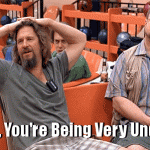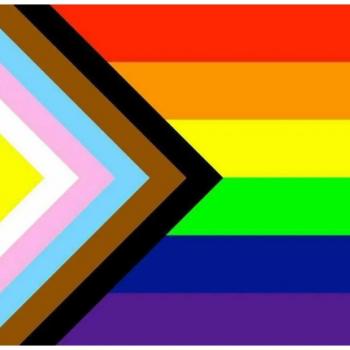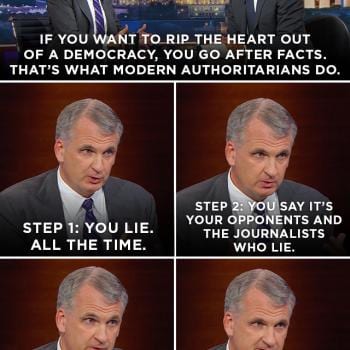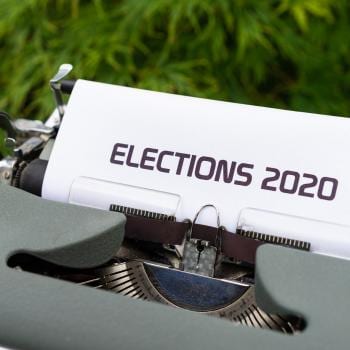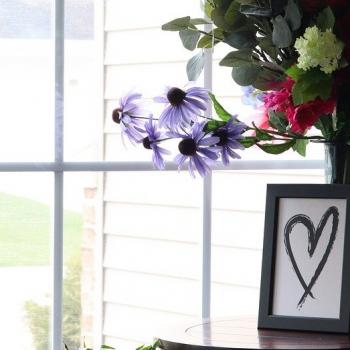This will most likely be the last I write on this topic. Discussions on my previous post are ongoing (here, here, and here), and appear to be getting increasingly thoughtful. And folks in Washington DC are beginning to lament the fact that the news cycle has passed this by, The mass shooting America barely noticed and Not all mass shootings are equal in the eyes of the media or the public.
But before moving on completely, I did want to note two Buddhist blogs that have introduced other important angles on the shooting:
- The Editors of Tricycle Show Us the Way Following the Washington Navy Yard Shooting Rampage by Rev. Danny Fisher. Fisher is an ordained Buddhist minister and chaplain, writer, and Chair of the Buddhist Chaplaincy Department at University of the West.
- The Navy Yard Shooter and America’s “Permanent” State of Violence by Nathan G. Thompson. Thompson is a writer, yoga student and Zen practitioner, and contributing editor at Buddhist Peace Fellowship’s Turning Wheel Media.
I point to Danny’s article in particular for introducing the “gun” angle alongside the other important discussions. While I disagree with the Tricycle editors’ suggestion that “We don’t think questions like “What does it mean to be a Buddhist?” or “How could a Buddhist do such a thing?” are at all relevant here,” I do see the need for this tragedy to once again lead citizens (and sanghas?) to push for sane gun laws in the US. From reading comments on my own posts and elsewhere, Buddhists in the West are still wrestling with “what it means to be a Buddhist” and incidents like this do offer important opportunities for reflection and perhaps debate on that question. Likewise, given the stereotypes discussed in my last post and in Danny’s and Nathan’s pieces, “How could a Buddhist do such a thing?” is certainly relevant, at least to many scholars, practitioners, and the general public.
But it doesn’t have to be one topic or the other. It can be both/and. We can discuss both of these issues and more without losing sight of the important issue of gun laws raised by Tricycle. And if Tricycle is serious about having a discussion focused on guns in particular, perhaps they could devote an upcoming issue to the topic. As people are growing increasingly aware, the violence in our society must be confronted at its roots, and who better to do so than a major Buddhist periodical?
Saving what is in many ways the best for last: Nathan’s article at Buddhist Peace Fellowship carefully approaches the issue asking “how can we, as a Buddhist community, sit with and learn from this?” No distancing, no diversions, no definitional semantics, simply sifting through the numerous issues raised by the shooting. This is the kind of open, empathetic, questioning, and honest writing I hope to see more of in the Western Buddhist world.
“Monday’s mass shooting at the Washington D.C. Navy Yard hits home for American Buddhists because the gunman was one of us,” Nathan begins.
His article goes on to address a multitude of questions and perspectives, opening space for concrete solutions to be discussed. Questions that so many, including myself, didn’t even think to ask. “Will Black Buddhists in the U.S. face heightened scrutiny following this incident? Will this stir up the violent black man narrative in our sanghas, making it even more difficult for black male American Buddhists to practice and enjoy community?”
He continues:
This is the kind of incident that, if handled poorly, can greatly divide an already divided American sangha. I actually hesitate to even use such a label. We’re basically a bunch of fragmented groups here in the states, struggling to even understand and get along with each other, when the effort to attempt is even bothered. Some folks want to dismiss race in this case, but that’s even more foolish than trying to argue that Alexis wasn’t Buddhist.
Obviously there are a number of angles that Buddhists could approach this event from in order to create something positive in the wake of tragedy. How Western sanghas address guns is one approach. Conversations around race and inter-sangha communication is another. Another is pushing for better national funding, especially in the U.S. for mental health care and developing mental illness awareness programs within sanghas (while there is an Australian Association of Buddhist Counsellors and Psychotherapists, which does training courses, there doesn’t appear to be anything similar in the US, Canada, or England).
These are all very good aspects of the story and our varying layers of connection to it to think about and discuss. Let us hope that this has all been the beginning of many needed conversations rather than the end.


